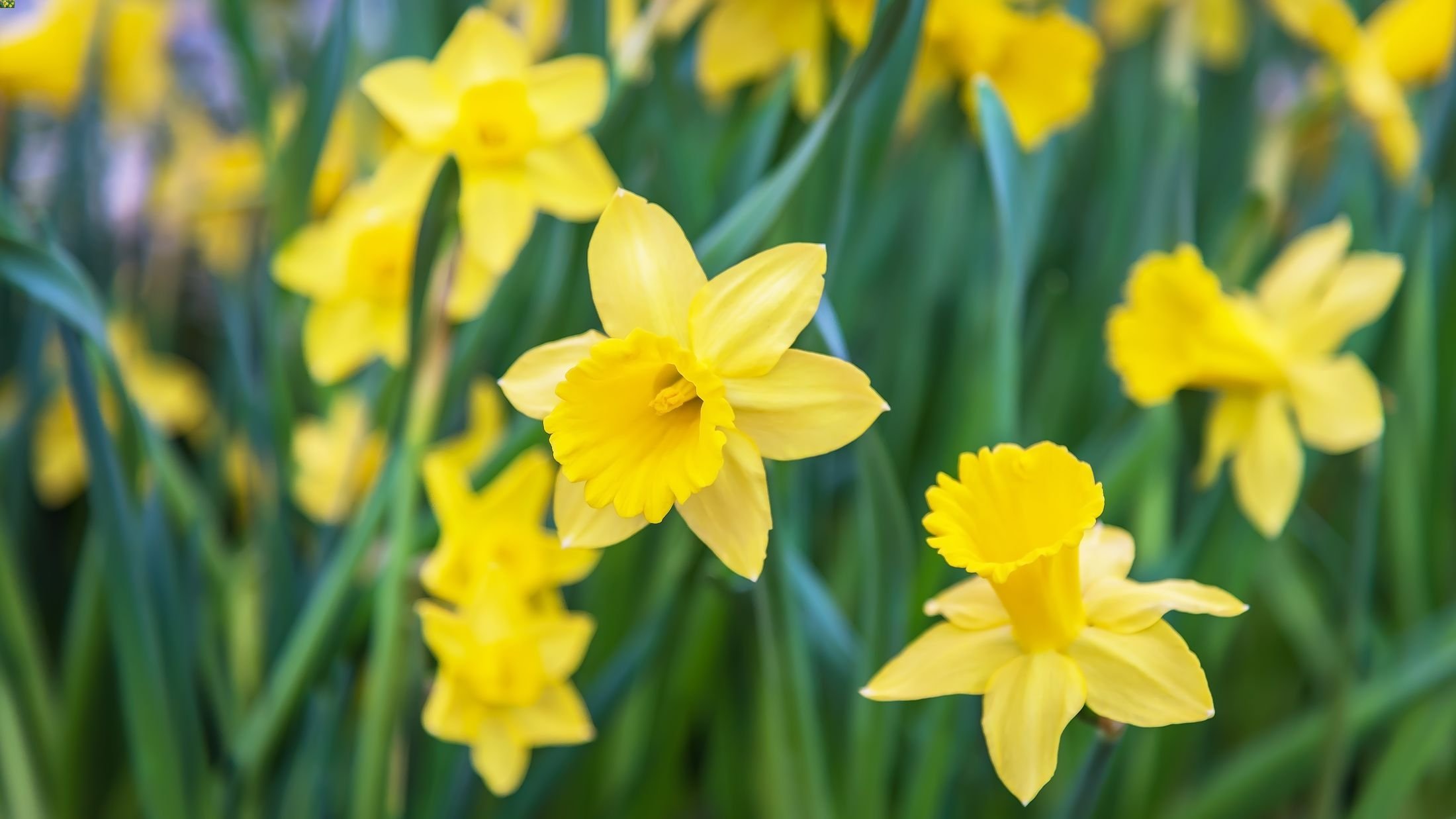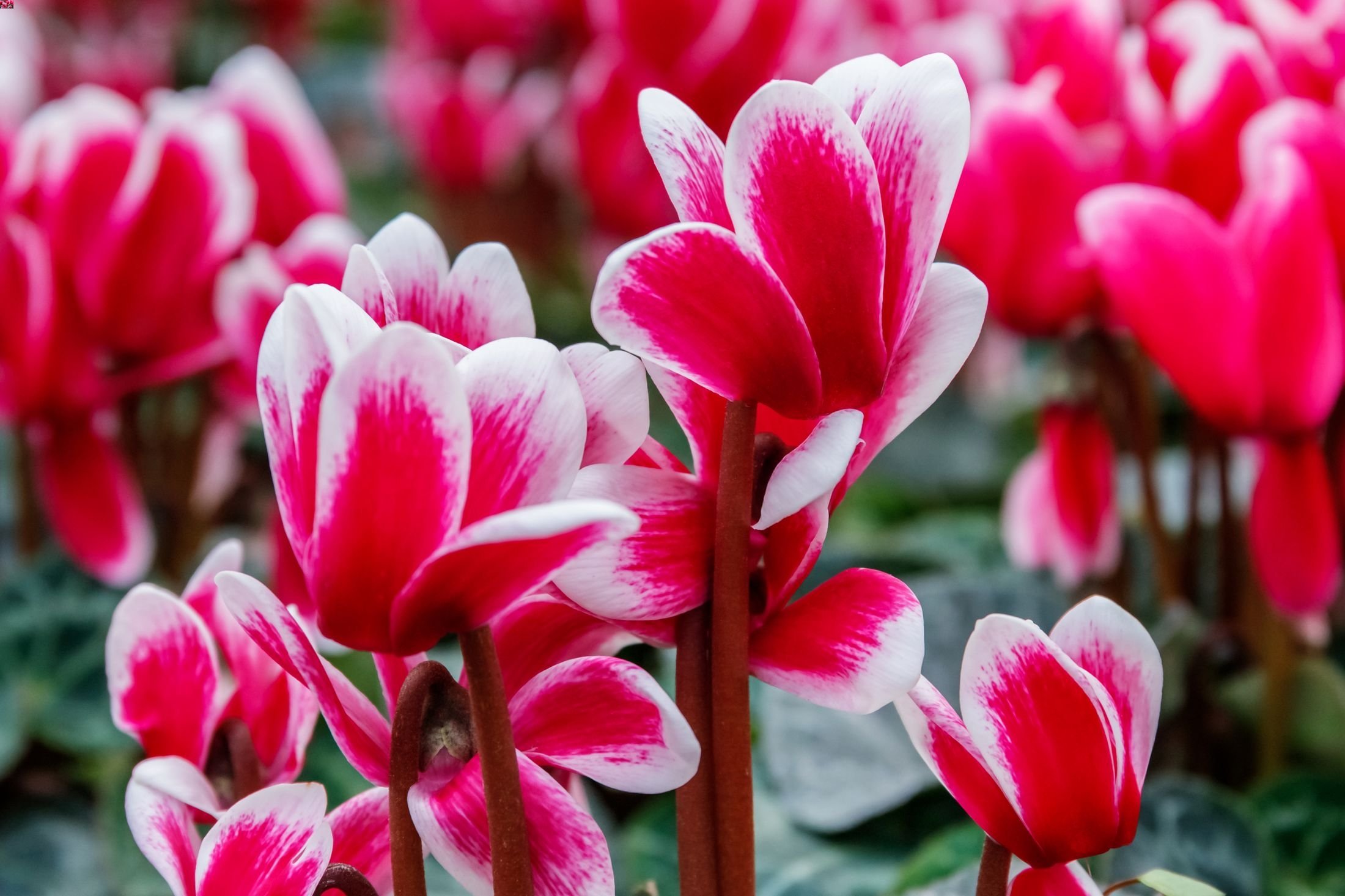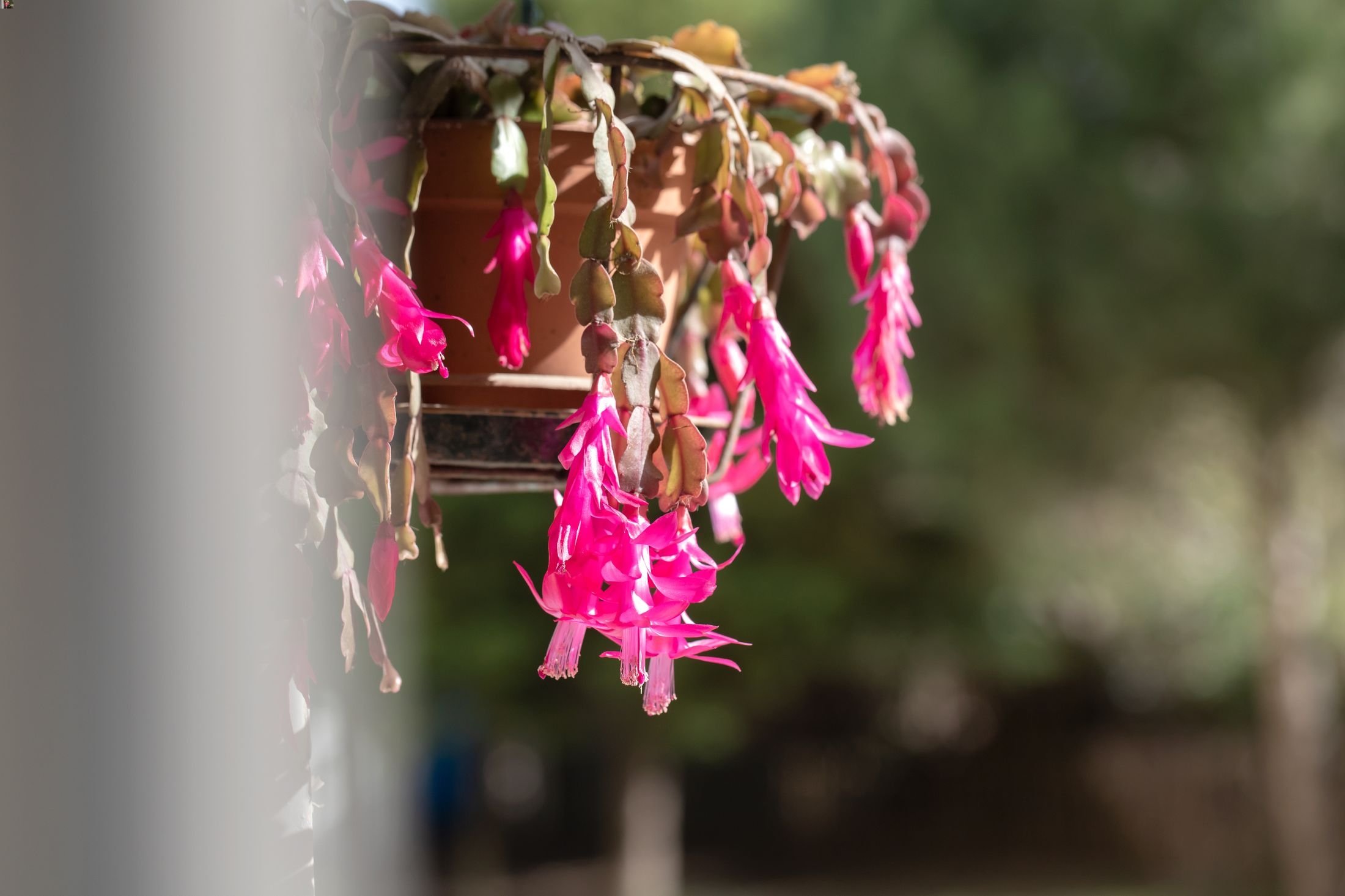© Turkuvaz Haberleşme ve Yayıncılık 2026
Today, I would like to talk about the winter flowers that will warm you up in this cold and gloomy weather, while the colorful flowers, lush grass and the sparkling rays of the sun are slowly leaving us behind.
Yes, there are plants and colorful flowers, each more beautiful than the other, that you can grow at home, in the office or outdoors, while the wilted leaves increase around us.
I hope it will be good for all of us to share information about the color of some, the fragrant smell of others and how to keep them alive, and to get away from this pale air for a while.

Chrysanthemums – or simply mums – have very different meanings throughout the world. In some European countries like France, Belgium, Italy, Spain, Poland, Hungary or Croatia, incurve chrysanthemums symbolize death and are used only for funerals or on graves. Similarly, in East Asia, white chrysanthemums symbolize adversity, lamentation or grief. However, in some other countries, they represent honesty, or like in the United States, the flower is usually seen as positive and cheerful.
In the Victorian language of flowers, the chrysanthemum had several meanings. The Chinese chrysanthemum meant cheerfulness, whereas the red chrysanthemum stood for "I Love," while the yellow chrysanthemum symbolized slighted love. The chrysanthemum is also the flower of November.
The chrysanthemum flower is a pretty effortless and quite beautiful flower. It adapts to all types of soil and can grow very easily almost anywhere. The most important aspect for the flower's care is sun exposure. It grows very well if it is placed in a semi-shaded or sunny place.
Chrysanthemum is a flower that requires pruning of its dried flowers at regular intervals. If tended to in this way, very beautiful flowers can bloom. Another reason for pruning is wind, as the strong winds of autumn can damage the flower. Therefore, it is recommended to keep the plant short.
It is a water-loving plant. So, watering at regular intervals is very important for its health. Seed sowing continues from January until March. It is recommended to wait for the flowering period, which is in summer, for pot planting. It is a very effortless flower as it germinates quickly and quite easily.
Most Galanthus – or snowdrop – species flower in winter, before the spring, or March 20, but some flower in early spring and late autumn. Snowdrop figures are featured prominently in art and literature, often as a symbol in the poetry of spring, purity and religion.
After the snowdrop flower, which does not require much care, blooms, let the fallen leaves remain on the ground so that the flower can gather energy for next year. Snowdrops take a year to dry and they produce more flowers and multiply the second year.
The snowdrop, which rarely needs watering, is an easy-to-care flower. It does not need much watering in winter, and in summer, it needs just a little more than that.
The snowdrop flower, which does not like extremely cold weather, should be protected from harsh winter weather and care should be taken so that the room where it is located does not fall below minus 15 degrees Celsius (5 degrees Fahrenheit).

Narcissus, or the daffodil, is the national flower of Wales, associated with March 1, St. David's Day – the patron saint of Wales – while it is also a national flower symbolizing the new year or Nevruz in the Iranian culture. In the West the narcissus is perceived as a symbol of vanity, whereas in the East it is a symbol of wealth and good fortune.
After spending the winter in a dim and cool corner, the daffodil bulbs, which are put in soil in autumn, should be taken to a bright and warm place that does not receive direct sunlight, as they start blooming.
Since daffodils are short-term flowers, they do not require soil changes. However, if the flowering period is delayed, it can be supplemented with a small amount of plant nutrients or a few drops of organic fertilizer mixed into water, can be used.
During the blossoming and flowering period, it is necessary not to allow the soil to dry out and also to avoid excessive watering. The soil should be kept moist so that it does not dry out. It should be checked and watered every three to four days.

Cyclamen flowers have species native to Europe and the Mediterranean Basin, and to the east including the Caucasus and Iran. They have tubers, from which the leaves, flowers and roots grow. In most species, leaves come up in autumn, grow through the winter and then die in spring, then the plant goes dormant through the dry Mediterranean summer.
Cyclamen are commonly grown for their flowers, both outdoors and indoors in pots. Several species of the plant are hardy and can be grown outdoors in mild climates. The plant likes airy and moist areas, but it cannot survive in very hot environments. For this reason, it is usually better to have it on balconies and gardens. It does not like to be kept in closed areas for a long time.
Cyclamen is a light-loving plant, however, it does not want direct sunlight. You need to change the direction of its leaves once a week so that it can get the sunlight it needs. Irrigation should be done in such a way that the water spreads all over the soil. It should be watered regularly once a week during the winter months. If you are caring for a cyclamen you have grown in a pot, you can use your irrigation water at room temperature by resting it for one day.

The Christmas cactus, whose scientific name is Schlumbergera truncata, was given this name because it only blooms in winter. It begins to bloom at the end of autumn and the flowering time varies according to the region where it grows.
It is recommended to grow Christmas cacti in relatively small pots like half-height pots. These flowers are more tolerant of drought than many house plants but can be damaged by both under- and over-watering. Keeping their pots just moist throughout the year avoids either extreme.
Fitting to its winter blossom, the Christmas cactus does not like high amounts of sunlight and can actually be damaged by exposure to more than small amounts of sunlight. Too much light causes stems to take on a reddish coloration, however, very low light levels will prevent flowering. Day length is important in controlling flowering as continuous darkness for at least 12 hours is necessary to induce bud formation. A period of about eight days with 16 hours of darkness at 16 degrees Celsius (61 degrees Fahrenheit) seems to be ideal for flower buds to form, and lower temperatures slow this process.
Fuchsias are popular garden shrubs, and once planted, can live for years with a minimal amount of care. Hardy fuchsias can survive a number of winters, even in climates such as the United Kingdom, and be back in flower each year by July.
Fuchsias don't like it when it gets too hot, therefore, it makes sense to grow them in a shaded environment. At worst, it should be grown in a semi-shade environment, but even this can cause the soil, and thus the root, to get hot and dry. Therefore, it is recommended to provide a shaded environment in order not to risk it. Environments where the temperature is between 15 to 25 degrees Celsius are suitable.
Fuchsia is a drought-resistant flower. That's why it should be enough to water it in very little amounts twice a week. It will be enough to moisten the soil. If the leaves are turning yellow, that may mean that you are not watering your flower enough. On the other hand, if you add so much water to saturate the soil, you can rot your plant. It is sufficient to water your flower during winter when it sheds its leaves and flowers, once every six weeks.
May all these flowers keep you company throughout winter, and provide joy and color for a pure, snowy season.
